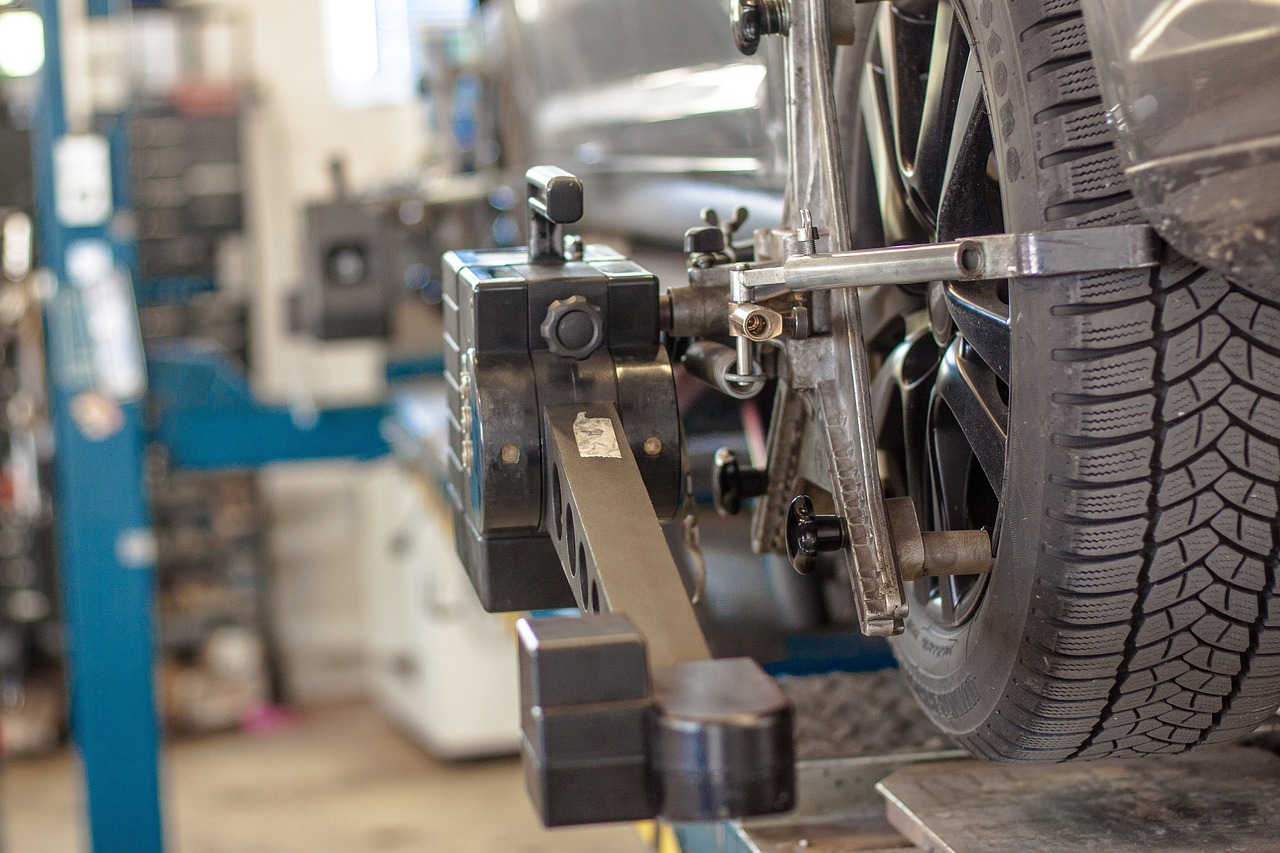Innovations in Drone Technology for Environmental Monitoring
Drones, also known as unmanned aerial vehicles (UAVs), have gained significant popularity in various fields due to their versatility and ease of use. These aircraft, operated remotely by a person on the ground, come in a wide range of sizes and capabilities, from small consumer drones for recreational use to large professional drones equipped with advanced technology.
Equipped with high-resolution cameras, sensors, and GPS technology, drones are able to capture aerial data with precision and efficiency. This data can be used for mapping, surveillance, disaster response, agriculture, and much more. With the ability to access hard-to-reach or dangerous areas, drones have revolutionized industries such as filmmaking, agriculture, construction, and emergency services.
Benefits of Drone Technology in Environmental Monitoring
Drone technology has revolutionized the way environmental monitoring is carried out, offering numerous advantages in various aspects. Drones equipped with high-resolution cameras and sensors can efficiently collect data on environmental conditions, enabling more accurate and timely assessments of ecosystems. This real-time data allows for quicker responses to environmental changes, aiding in the preservation and protection of natural habitats.
Moreover, the use of drones for environmental monitoring reduces the need for ground surveys, which can be time-consuming, costly, and sometimes harmful to the environment. Drones can access remote or hazardous locations with ease, providing valuable insights into areas that are otherwise challenging to reach. This accessibility not only enhances the scope of environmental monitoring but also minimizes the risks associated with human intervention in sensitive ecosystems.
How can drone technology be used in environmental monitoring?
Drone technology can be used to collect data on various environmental factors such as air quality, water quality, vegetation health, and wildlife populations.
What are the benefits of using drones for environmental monitoring?
Some benefits of using drones for environmental monitoring include their ability to access hard-to-reach areas, their cost-effectiveness compared to traditional methods, and their ability to provide real-time data.
Are there any limitations to using drones for environmental monitoring?
Some limitations to using drones for environmental monitoring include restrictions on where they can fly, limitations on the amount of weight they can carry, and the need for trained operators to fly them.
How can drone technology help in conservation efforts?
Drone technology can help in conservation efforts by providing data on habitat loss, illegal logging, poaching activities, and other threats to wildlife and ecosystems.
Are there any regulations that govern the use of drones for environmental monitoring?
Yes, there are regulations that govern the use of drones for environmental monitoring, including restrictions on where they can fly, requirements for obtaining permits, and rules for ensuring the safety of wildlife and ecosystems.





